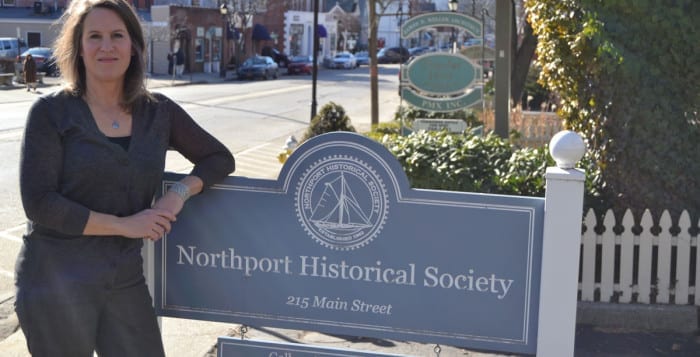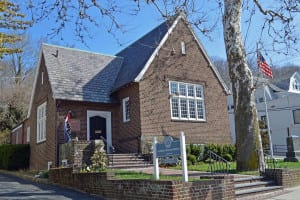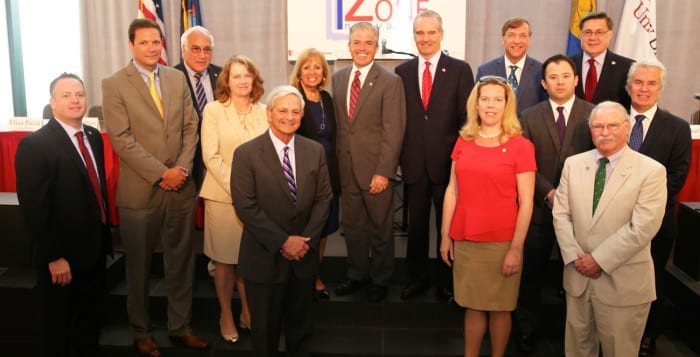By Daniel Dunaief
One of the newest additions to Cold Spring Harbor Laboratory’s neuroscience program, Lucas Cheadle, who is an assistant professor, is exploring the early environmental factors at a molecular level that shape the neurological development of the mouse visual system.
While nature and nurture combine to produce the individuals each life form becomes, Cheadle is focused on the ways nurture, specifically, shapes the pathways in the brain that affect the development of sight.
Microglia are an unlikely player in this environmentally-triggered development, as doctors and researchers previously saw these cells primarily as participants in neurinflammation.
That is not the case anymore, with Cheadle and other scientists demonstrating over the past decade or so that microglia play important parts in the healthy brain. Cheadle, specifically, has demonstrated that these cells play a role in experience-dependent circuit development.
Indeed, the process of circuit refinement in the developing brain, which Cheadle describe as being among the “most complex structures in the known universe,” is akin to a room full of half-full boxes, which represent synaptic connections between neurons.
The brain begins with numerous little boxes that make the room difficult to navigate. As the brain consolidates the important items into a smaller number of larger boxes and removes the smaller boxes, the room becomes more manageable.
This is consistent with what Cheadle has seen during refinement. A smaller number of synapses become stronger and are maintained, while others are removed. This promotes the efficiency and precision of neural processing, he explained.
When the contents of some of those boxes disappear, however, the result can lead to neurodegenerative diseases like Alzheimer’s, in which a person struggles to find memories that may have been unwittingly cleared out.
Cheadle, who most recently was a post doctoral researcher at Harvard Medical School, is exploring the way microglia shape the connections between the eyes and the brain between when a mouse is born and when it reaches one month of age.
His work has shown that microglial cells are required for the sensory-dependent phase of visual circuit development. Disrupting signals between microglia and neurons affects synapse elimination, akin to removing the smaller boxes, which is important for circuit function.
Indeed, prior to work Cheadle and others have done in recent years with these cells in the brain, researchers thought microglia in the brain were quiescent, or inactive, after birth, except for their role in brain injury, disease pathology and neuroinflammation.
Until the first week of life, microglia engulf and then digest synaptic connections between some neurons, in a process called phagocytosis. During the sensory-dependent phase of refinement in the third week after birth, which Cheadle demonstrated in a paper published this month in the journal Neuron, microglia stop phagocytosis and rely on cytokines to break down synapses.
The cytokine pathway Cheadle discovered, called TWEAK, which is a ligand expressed by microglia, and Fn14, a receptor expressed by neurons, becomes active between eye opening, which is around two weeks, and peaks at about four weeks old.
When mice don’t have exposure to important visual stimuli during this critical period, the circuit has too many synaptic connections, which reduces the effectiveness of the developing visual system.
While Cheadle is working on visual development, specifically, he is interested in the broader implications of this work in the context of the environmental signals that affect the development of the brain.
In that broader context, the processes involved in autism and schizophrenia could reflect a period in which individuals have an overabundance of synapses that weren’t sufficiently pruned and refined.
Despite the fact that researchers hypothesized that synaptic pruning may lead to these disorders decades ago, they still have a limited awareness of whether and how this might happen. Studying the way microglia contribute to healthy circuit development could provide important clues about these processes.
Some epidemiological evidence points to the linkage between immune activity and neurodevelopmental disorders. In 1918 and 1919, during the Spanish Flu pandemic, children born during that period had a higher incidence of an autism or schizophrenia later in life.
Other evidence shows an interaction between immune activation and neurodevelopmental dysfunction, including the genetic loci associated with such disorders and increased inflammatory markers in the blood and brains of people with such disorders. “There’s really no question that there is a link,” Cheadle explained. “The nature of the link is still poorly understood.”
While earlier epidemiological data raises questions about the current pandemic, it doesn’t provide a definitive answer because “we still don’t quite understand what the nuanced molecular factors are that link the immune activation to the increase in disease prevalence,” Cheadle suggested.
“There’s a real chance that having COVID during pregnancy may impact the development of the offsprings’ nervous systems as has been seen in other infections,” Cheadle wrote. “While it is not the current priority of COVID research, it certainly warrants studying.”
Cheadle hopes to understand the “underlying principals of disorders” he said.
A resident of Huntington, Cheadle lives five minutes from the lab. He plans to rent for now because he didn’t want to start a new lab and move into a new house at the same time.
Cheadle has hired a technician and is in the process of hiring another. A post doctoral scientist will join his lab in November.
Early on in his life, Cheadle said he was fascinated with the interface between the world and biology. He wanted to understand how human brains interpret the information that comes from our senses. Everything culminated, professionally, in his interest in neurobiological mechanisms.
Currently, Cheadle is also interested in the looming behavior of mice. In the field, when mice see a bird that is flying slowly overhead, they are more likely to make a mad dash for safety, running into weeds or for cover from a tree. When the bird, however, is flying too rapidly, the mice freeze.
“I’m intrigued to find out whether the dichotomy of fight or flight could be shifted by the function of microglia,” he said. “I like to understand something at a functional level and dissect it to a molecular level.”








